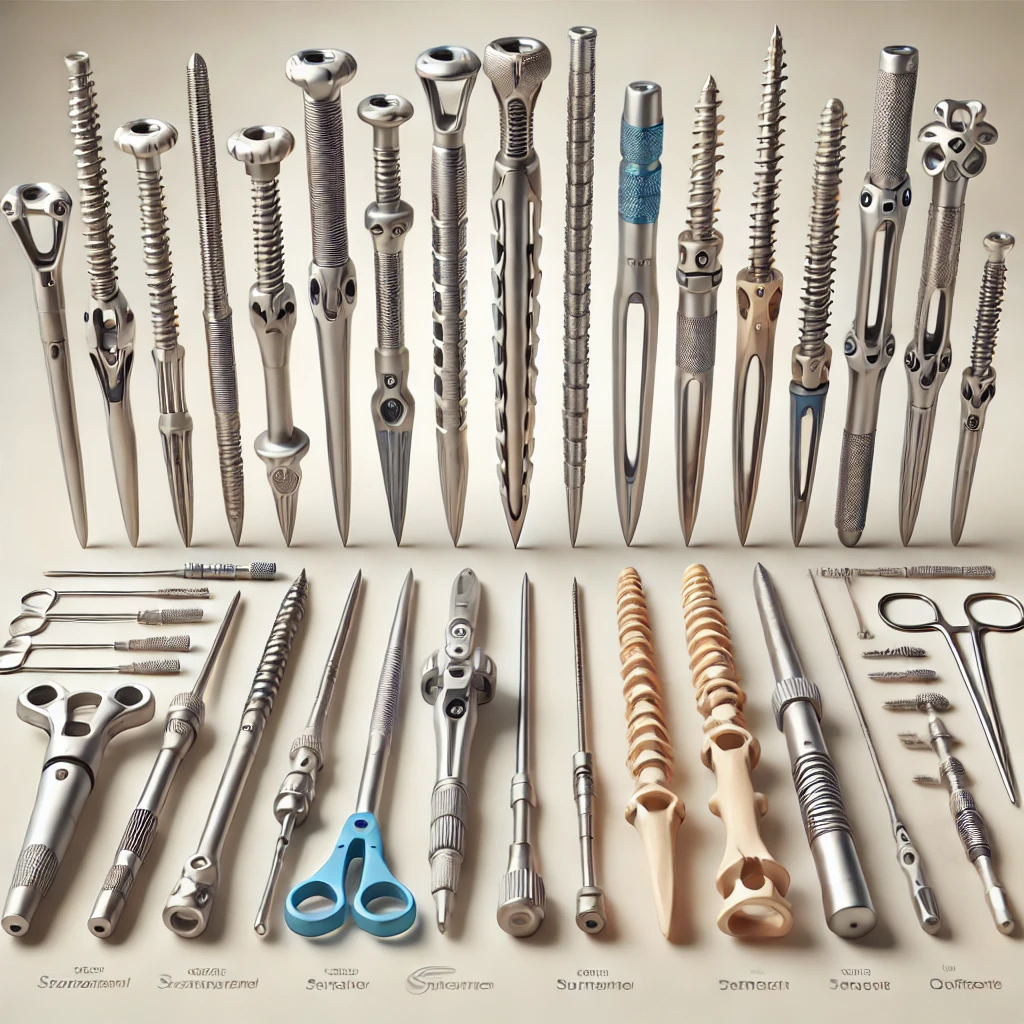Tibial nails are at the forefront of modern orthopedic solutions, enabling effective treatment for complex fractures. But what exactly are these devices, and how does the concept of “haystacking” tie into their production? Let’s dive into the world of tibial nails, their manufacturing process, and the companies that lead the charge.
Introduction to Tibial Nails and Their Role in Orthopedics
What Are Tibial Nails?
Definition and Purpose of Tibial Nails
Tibial nails are medical implants designed to stabilize fractures of the tibia, the long bone in your lower leg. These rods are inserted into the bone’s medullary canal, providing internal support to aid proper healing.
When Are Tibial Nails Used?
Tibial nails are typically used in cases of severe fractures caused by trauma, sports injuries, or conditions like osteoporosis. They are a preferred choice for their ability to provide stability and promote faster recovery.
The Concept of Haystacking in Orthopedics
What Does “Haystacking” Mean in This Context?
Haystacking refers to the meticulous process of sorting through numerous design and manufacturing options to find the most efficient solutions for tibial nails. It’s akin to searching for the “needle in a haystack.”
Why Is It Relevant for Tibial Nail Manufacturing?
The concept highlights the importance of precision and innovation in creating products that meet both medical standards and individual patient needs.
Leading Companies Manufacturing Tibial Nails
Major Players in the Orthopedic Industry
Synthes (Johnson & Johnson)
As a leader in medical devices, Synthes offers high-quality tibial nails with advanced locking systems for rotational stability.
Zimmer Biomet
Zimmer Biomet specializes in innovative designs that emphasize patient comfort and enhanced healing.
Smith & Nephew
Known for their advanced coating technologies, Smith & Nephew ensures durability and reduced infection risks.
Stryker Corporation
Stryker’s tibial nails are celebrated for their lightweight materials and precision engineering.
Emerging Companies Revolutionizing Tibial Nail Design
Acumed
Acumed focuses on pediatric solutions and patient-specific implants.
OrthoPediatrics
This company addresses unique challenges in pediatric orthopedic care.
Medtronic
Renowned for integrating AI into their manufacturing processes, Medtronic is setting a new standard.
Features and Innovations in Tibial Nail Design
Material Innovations
Titanium vs. Stainless Steel
Titanium is favored for its lightweight and biocompatibility, while stainless steel offers robust strength at a lower cost.
Lightweight and High-Durability Designs
Modern tibial nails balance strength and comfort with advanced alloys.
Enhanced Locking Mechanisms
Dynamic Locking Systems
These allow controlled movement to mimic natural healing.
Improved Rotational Stability
New designs reduce complications like misalignment.
Advanced Coating Technologies
Antibacterial Coatings
These coatings minimize infection risks, a critical factor for patient safety.
Friction-Reducing Coatings
These improve insertion ease and post-surgical comfort.
Manufacturing Process of Tibial Nails
Material Sourcing
High-grade alloys are sourced to ensure quality and reliability.
Precision Engineering and Quality Control
The Role of Computer-Aided Design (CAD)
CAD systems allow for precise customization of tibial nails.
Testing and Approval Standards
Each product undergoes rigorous testing to meet FDA and ISO certifications.
Challenges in Tibial Nail Production
Meeting Regulatory Requirements
FDA Approval Process
Ensuring safety and effectiveness through stringent evaluation.
ISO Standards
International benchmarks that guarantee product reliability.
Addressing Patient-Specific Needs
Customizable Nail Sizes
Adapting designs to suit individual anatomies.
Affordability and Accessibility
Balancing innovation with cost-effectiveness for widespread availability.
Conclusion
Tibial nails exemplify the marriage of innovation and practicality in modern orthopedics. From industry giants to emerging players, companies are continually pushing the envelope in design and technology. With advancements like AI and 3D printing, the future looks promising for this critical medical device.
FAQs
What are tibial nails used for in orthopedics?
They stabilize fractures in the tibia, promoting proper healing.
Which companies are the market leaders in tibial nail production?
Companies like Synthes, Zimmer Biomet, and Smith & Nephew lead the market.
How do innovations like coatings enhance the effectiveness of tibial nails?
Coatings reduce infection risks and improve post-surgical outcomes.
What challenges do manufacturers face in producing tibial nails?
Regulatory hurdles and meeting patient-specific needs are significant challenges.
What is the future outlook for tibial nail technology?
Expect more personalized solutions and integration of AI-driven manufacturing.

